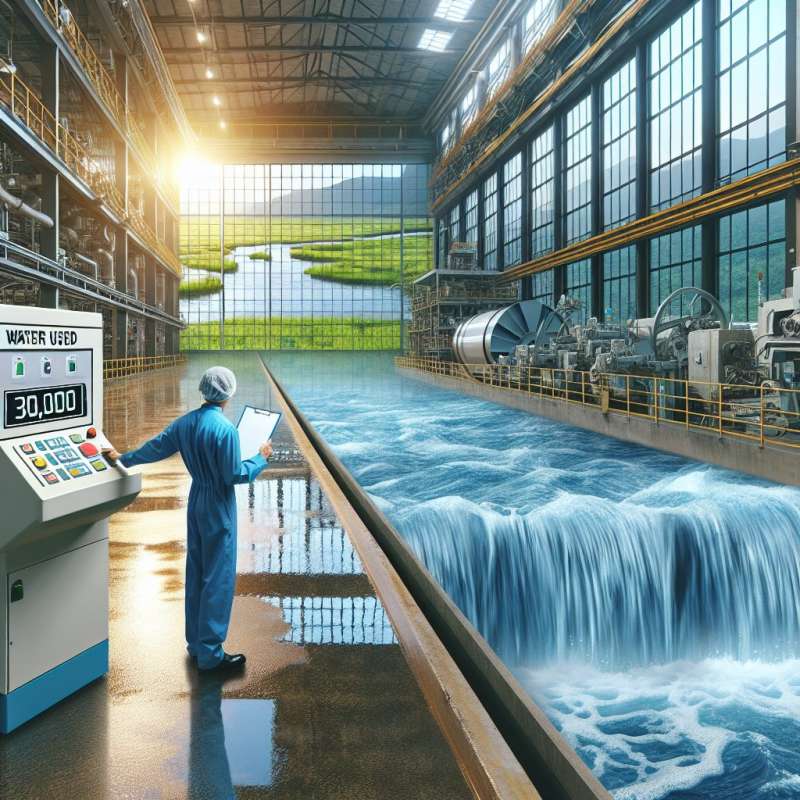
Deforestation Concerns
Toilet paper production contributes to deforestation. Annually, millions of trees are harvested, with ancient forests at significant risk, reducing biodiversity and carbon storage capacity.
Water Intensive Process
Toilet paper manufacturing is water-intensive, requiring tens of thousands of gallons per ton. This consumption exacerbates water scarcity and impacts local water cycles.
Chemical Pollution
Bleaching toilet paper to achieve whiteness involves chlorine-based chemicals, releasing dioxins and other harmful pollutants into water systems, affecting aquatic life and human health.
Greenhouse Gas Emissions
The full lifecycle of toilet paper, from tree to toilet, generates significant greenhouse gases. Transportation and production processes contribute to the carbon footprint.
Waste Generation
Post-consumer waste from toilet paper, primarily in landfills, decomposes anaerobically, releasing methane, a potent greenhouse gas, contributing to climate change.
Sustainable Alternatives
Bamboo and recycled toilet papers offer more sustainable options. Bamboo grows faster, absorbs more CO2 per hectare, and recycled paper saves trees and energy.
Personal Choices Matter
Consumer choices can drive industry change. Opting for eco-friendly toilet paper and reducing usage can lessen environmental impacts and promote sustainable practices.Unexpected Impact
The average American uses 100 rolls of toilet paper annually, enough to span 1,000 miles if laid end-to-end.
What threatens ancient forests?
Low toilet paper consumption
Toilet paper production
Sustainable bamboo growth
Company